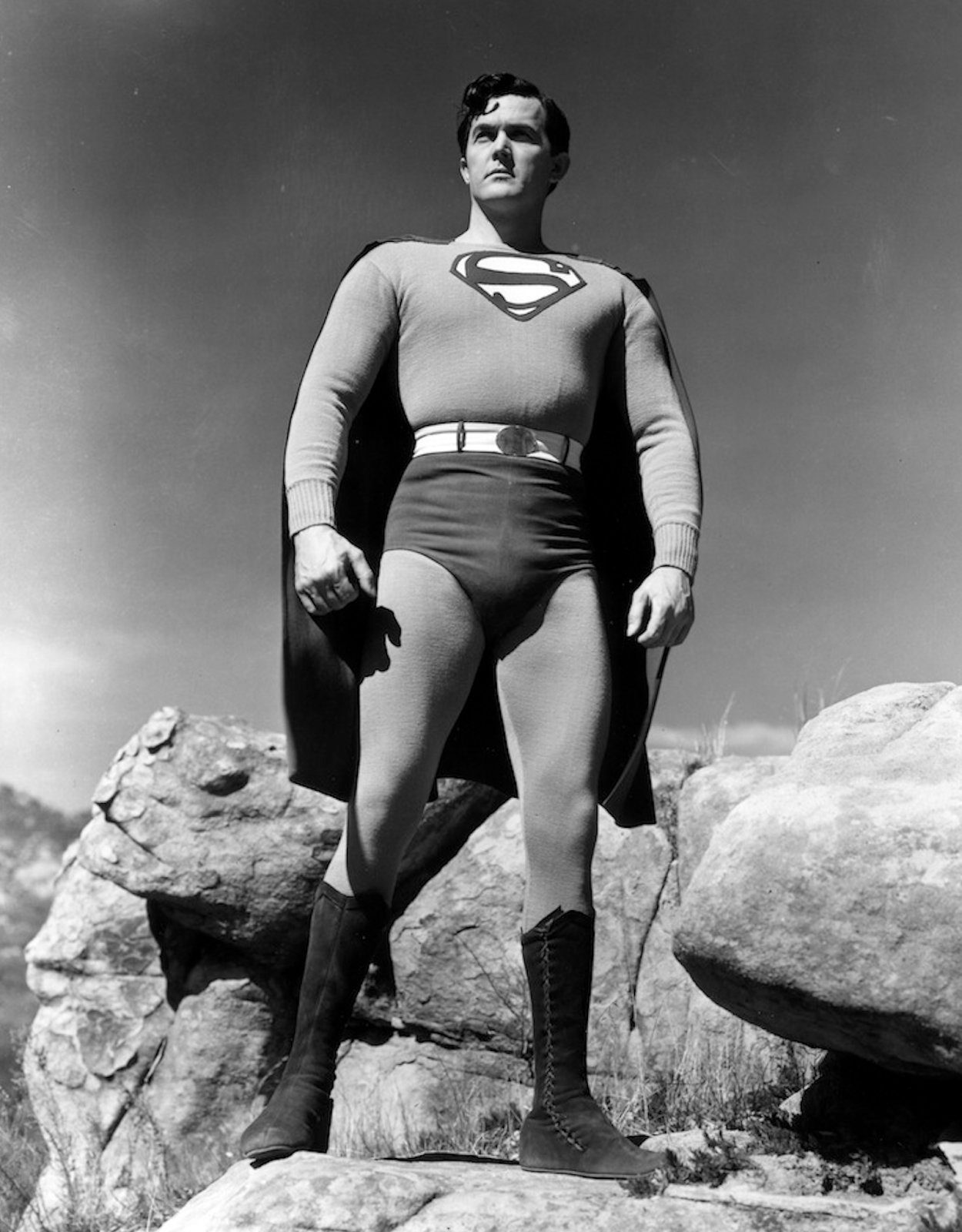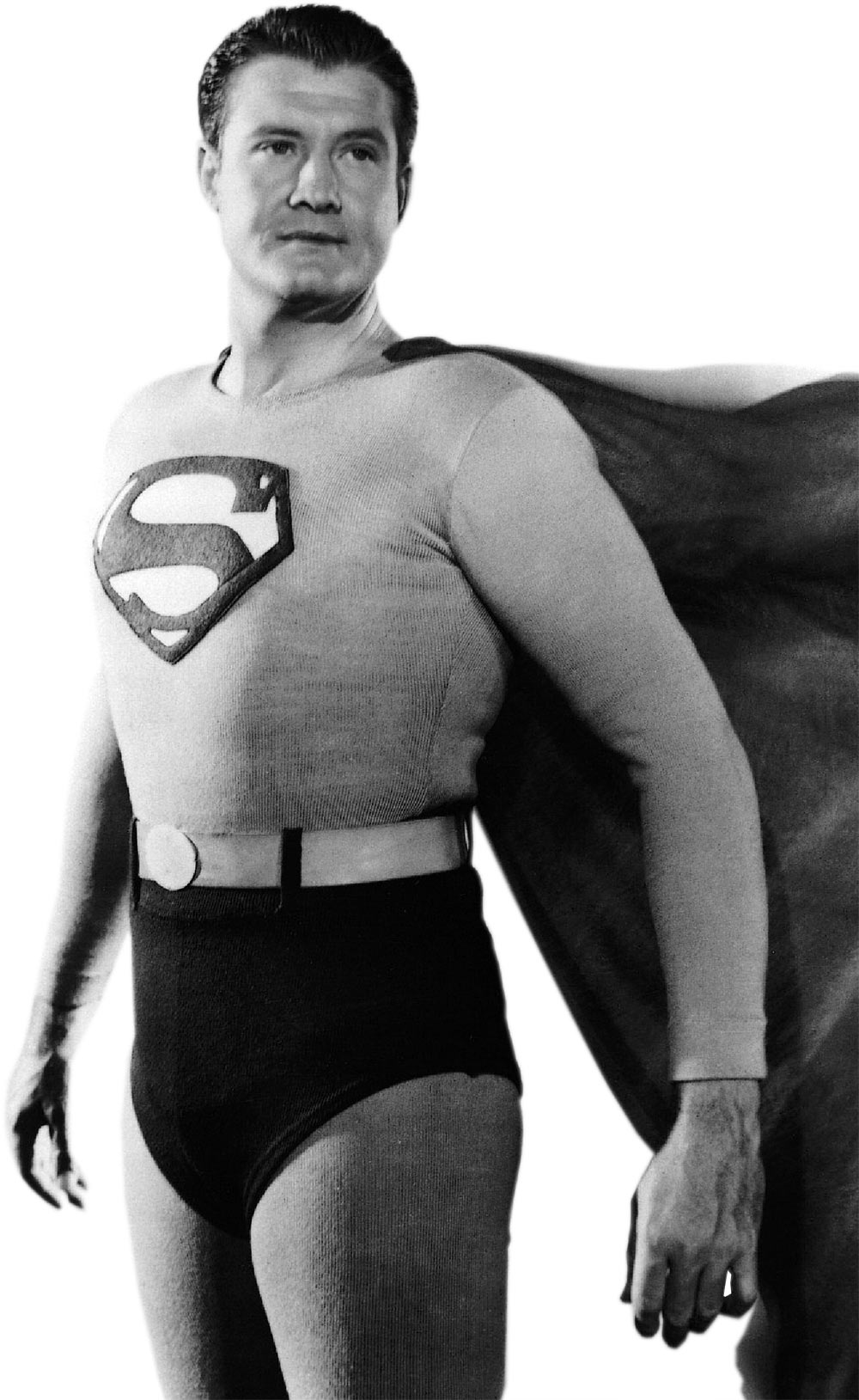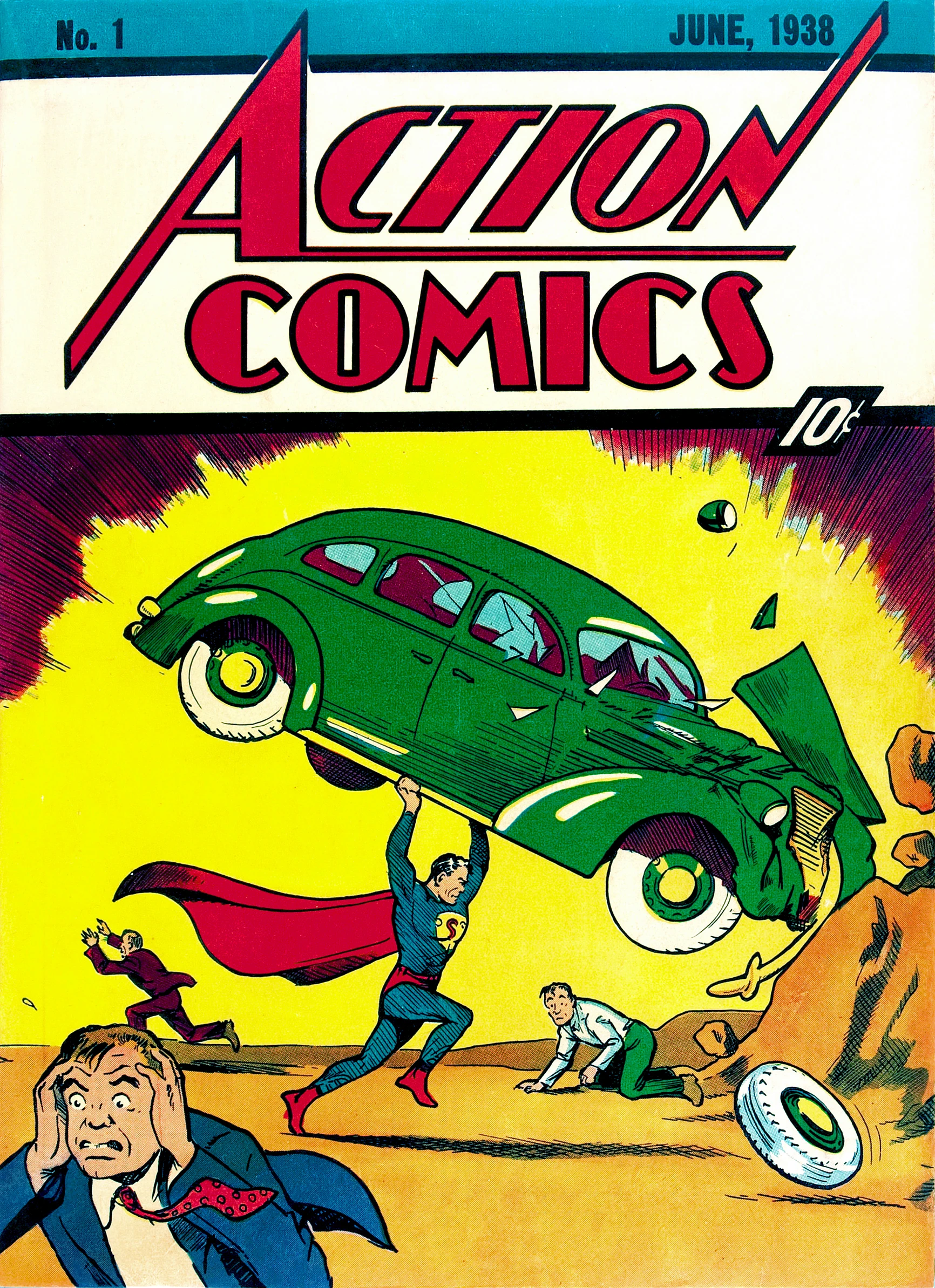
Considered one of the most important comic books in history, Action Comics #1 introduced the world to Superman in 1938. Credited with bringing the concept of superheroes into the common consciousness, the comic contains several features of interest, namely that Superman was found on the side of the road after his ship crashed and he was later brought into an orphanage, rather than adopted by the Kents on the spot as it is normally told. The comic shows that Superman is a man of power, and for this reason he decides to be a "champion of the oppressed." He does this by protecting a woman from murder, getting a signed confession and bringing it to the mayor, and of course, saving Louis Lane. One of the original Action Comics #1 copies (with there estimated to be only between 50 to 100 in existence) was recently sold for $6 million dollars.
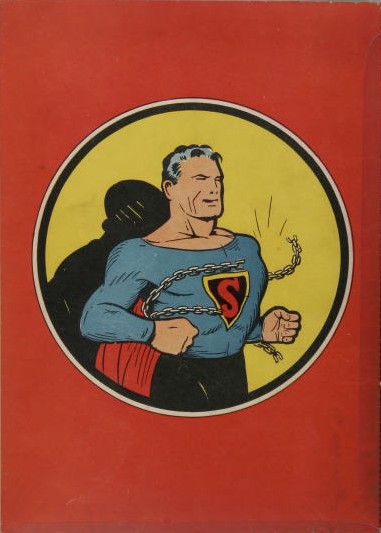
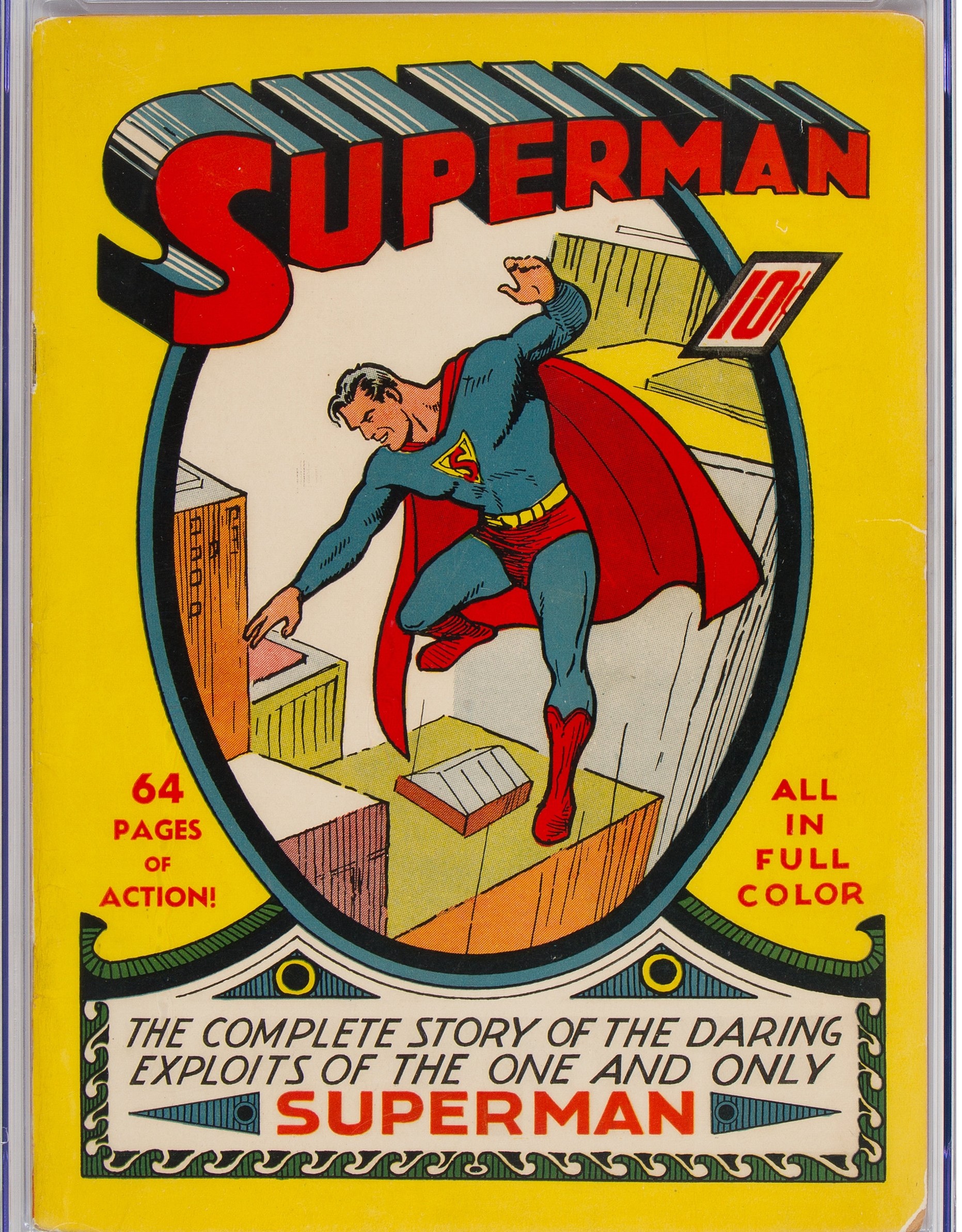
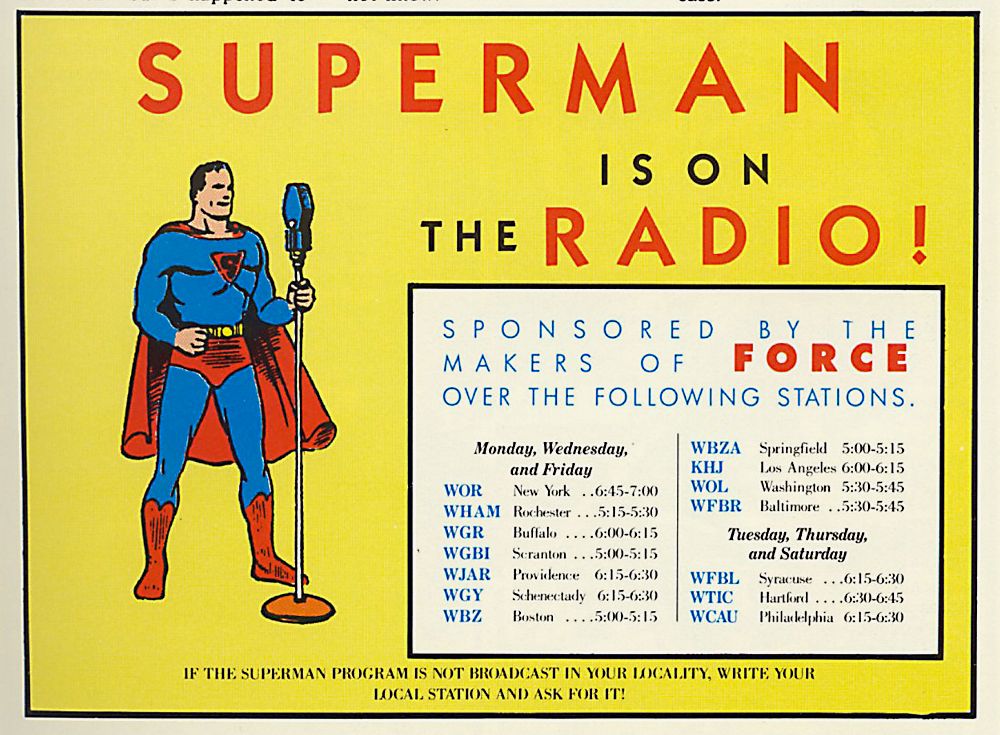
If you have ever noticed that Superman sounds confident in suit, but more timid when blending in as Clark, you can thank the Superman Radio Show which introduced this important piece of voice acting which would influence Superman's characterization moving forward. While most might not know of the radio show, they are most certainly familiar with the introduction, which opened with the lines "Faster than a speeding bullet, more powerful than a locomotive, able to leap tall buildings in a single bound..."Look up in the sky", "it's a bird!", "it's a plane!", "it's superman!" The Radio Show introduced us to so many bits of Superman's lore; The Daily Planet as Clark's workplace, Perry White as his boss, and also Kryptonite, a weakness so iconic that the word "kryptonite" is synonymous with "weakness" itself. Most importantly, this radio show leaned into Superman's characterization as a "champion of the oppressed" with stories about him fighting back against the KKK and living out the ideals of religious and racial tolerance.
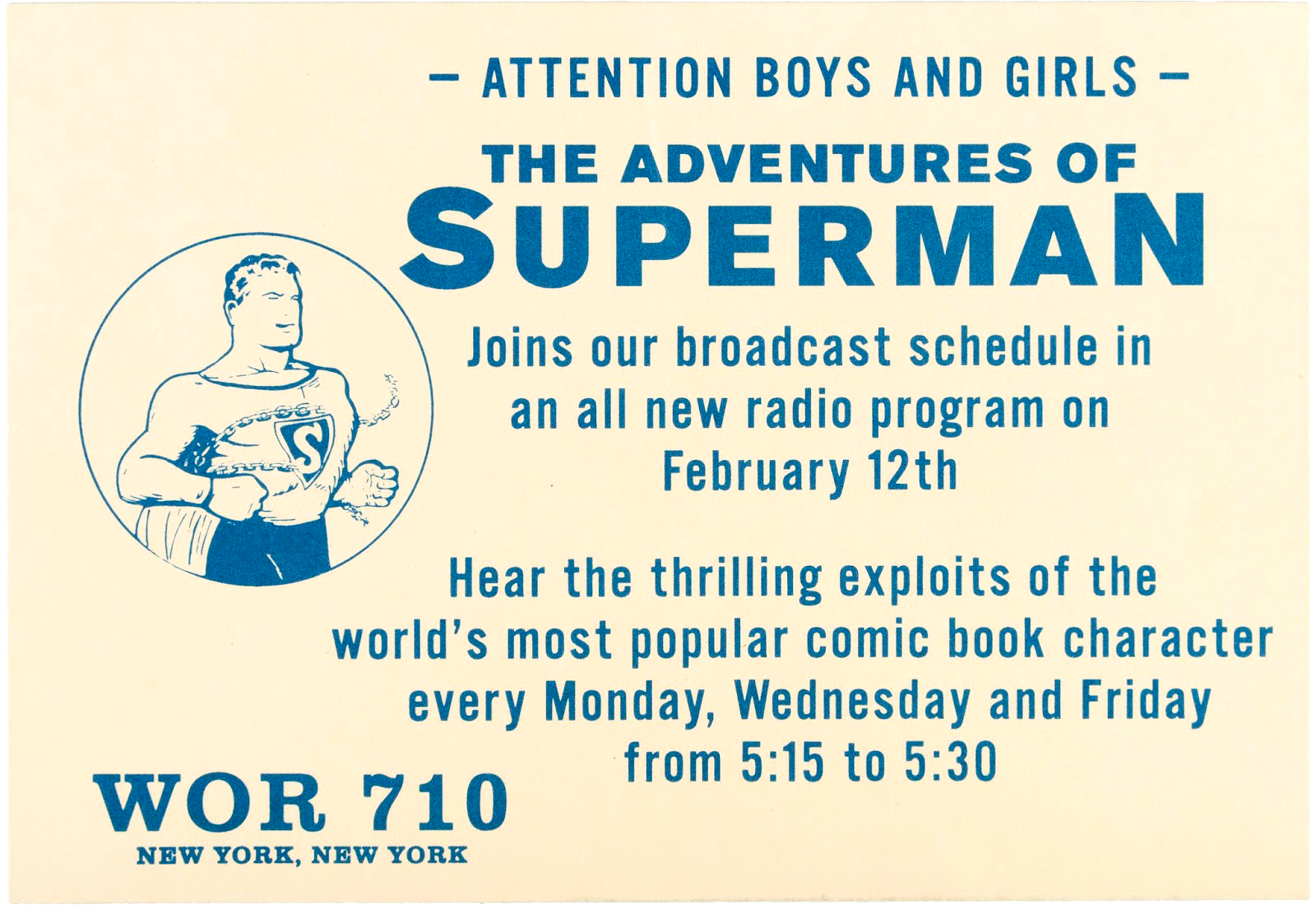

Did you know that the original creators of Superman, Jerry Siegel and Joe Shuster, intended Superman to be a newspaper comic, rather than a character in a comic book?
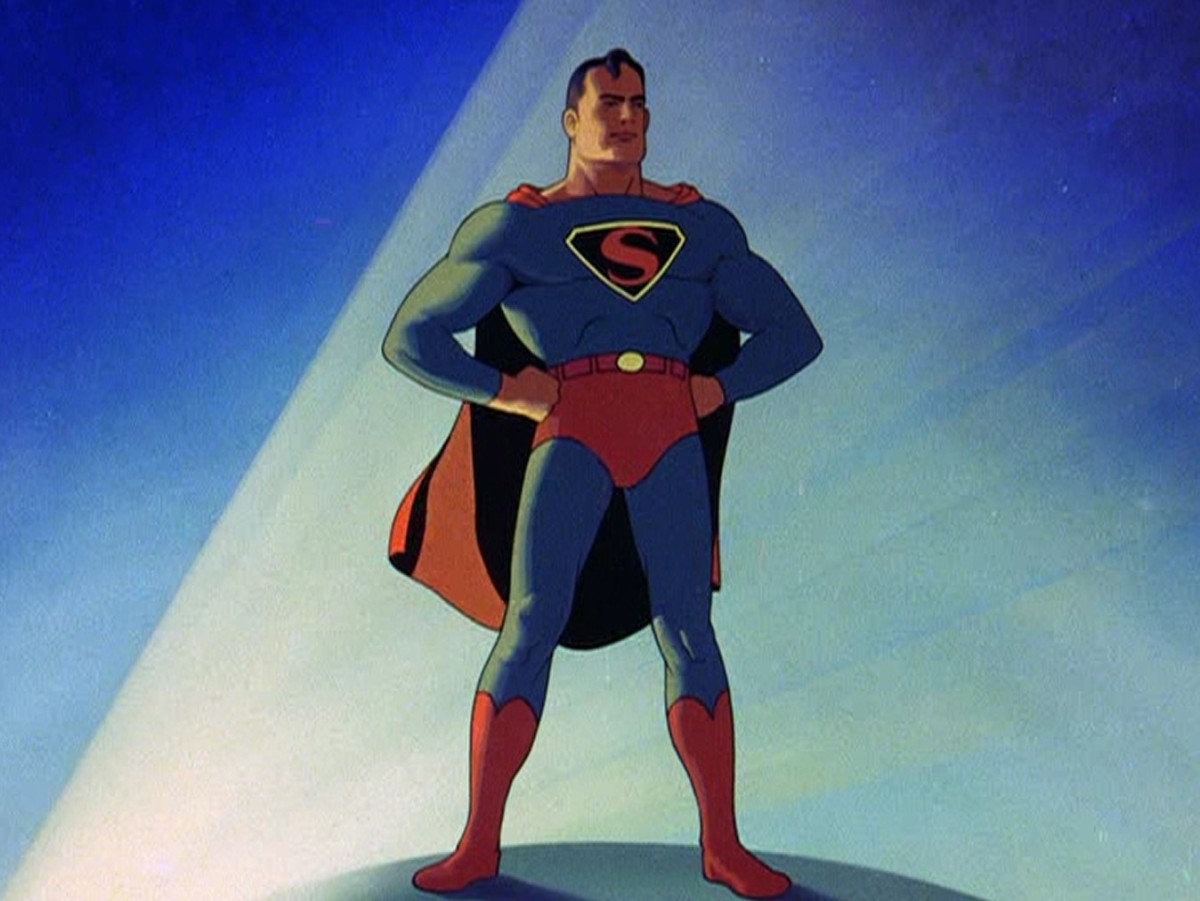
Growing up, I loved Superman, and my parents new this, so one Christmas they got me either a CD set or VHS tape of the 1940s animated Superman cartoons, also known as the Fleischer shorts. These shorts were rather basic, from a narrative standpoint, and followed a 15 or so minute adventure with Superman. It often involved a fantastical villain (e.g. a mad scientist, or robots), Lois Lane ending up in trouble and needing saving (unfortunately she was a damsel-in-distress in the comics for many decades before she got any real personality), and Superman suiting up and saving the day with his mighty strength. Even though the narrative beats were predictable and simple, the visuals were magical. I can't quite find the word to describe that feeling I would get seeing Superman's bright blue and red suit dash across the screen as he flew high and threw punches. As a kid, the appeal of Superman was his asthetic value, and this show brought that. It contained the same voice actors from the aformentioned radioshow, and it revolutionized animation in the 40s, helping show audiences what animation could be, especially as it regarded Superhero stories. These animations will always hold a place in my heart as the brightly colored Superman that wasn't burdened with complexity, but just there to give a good show by saving the day.
